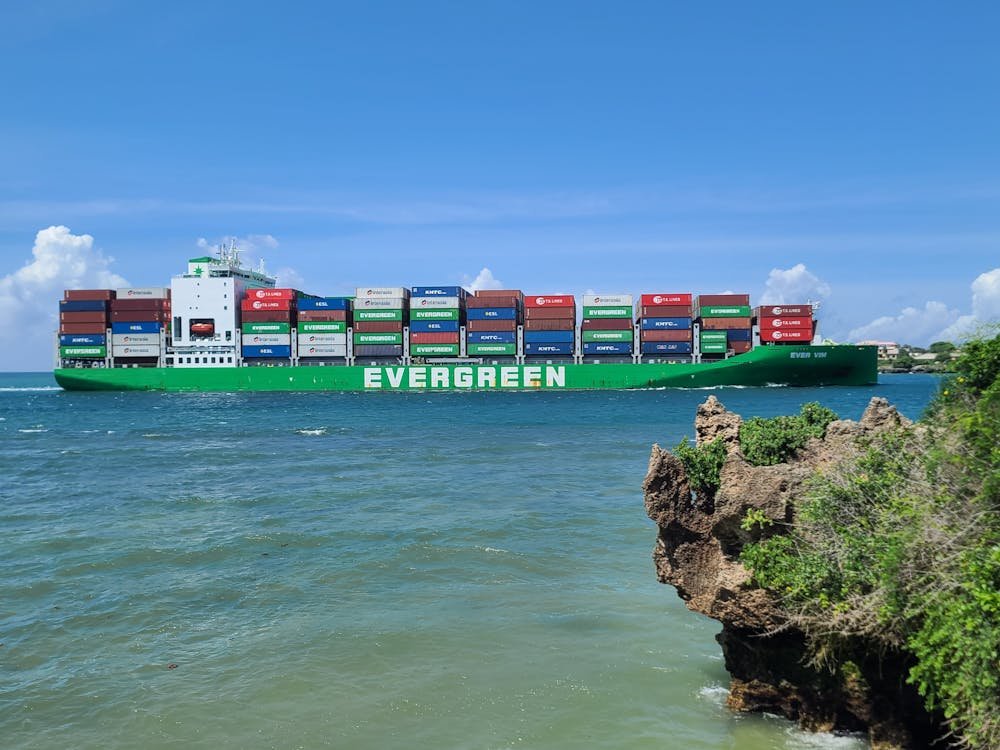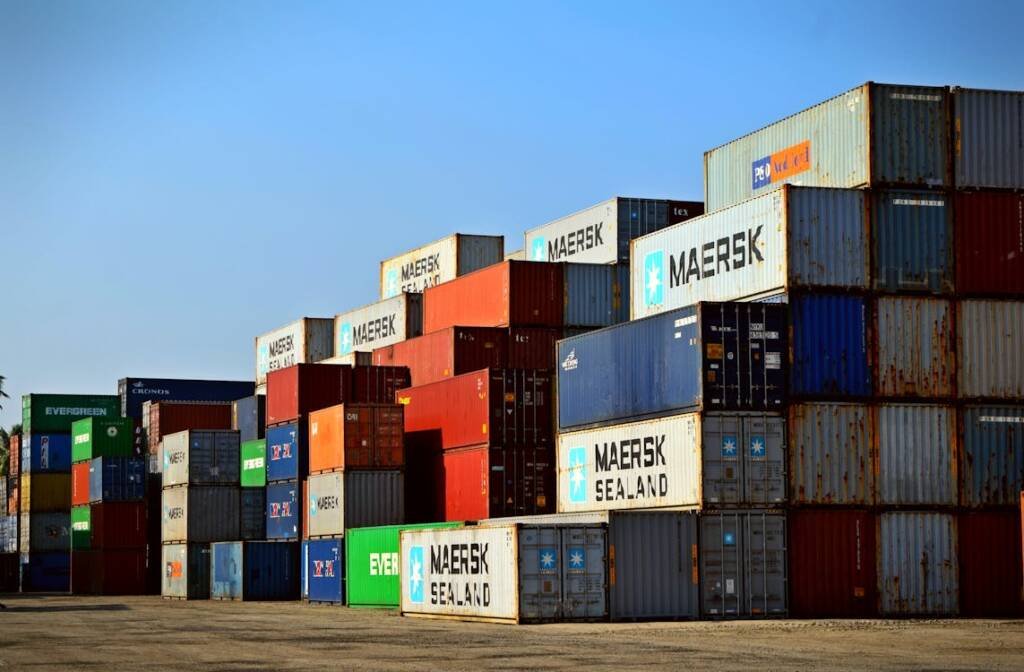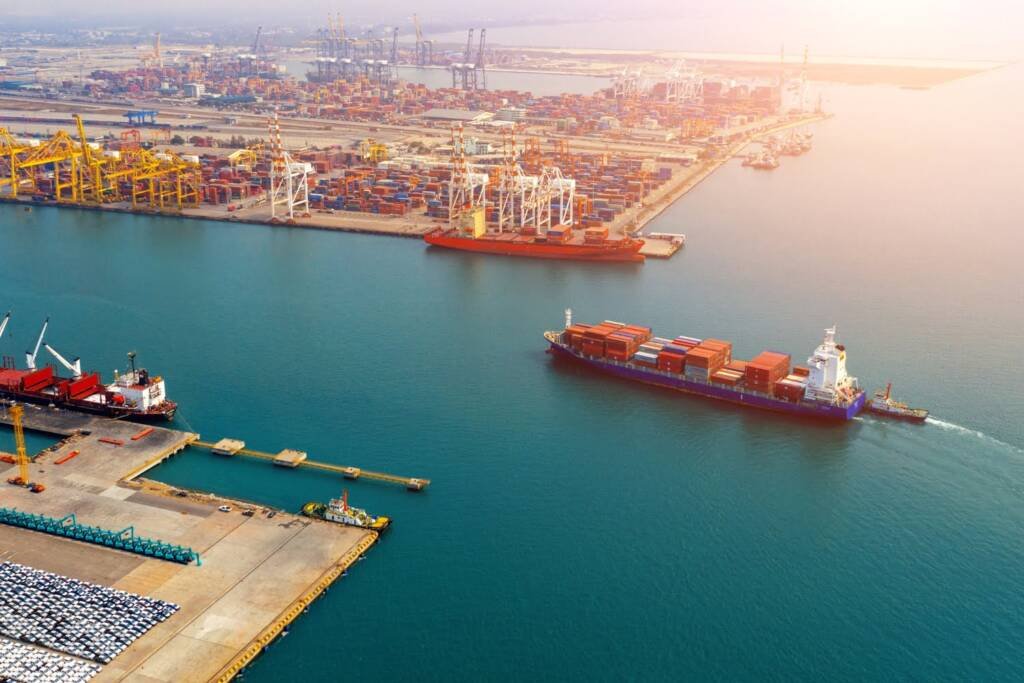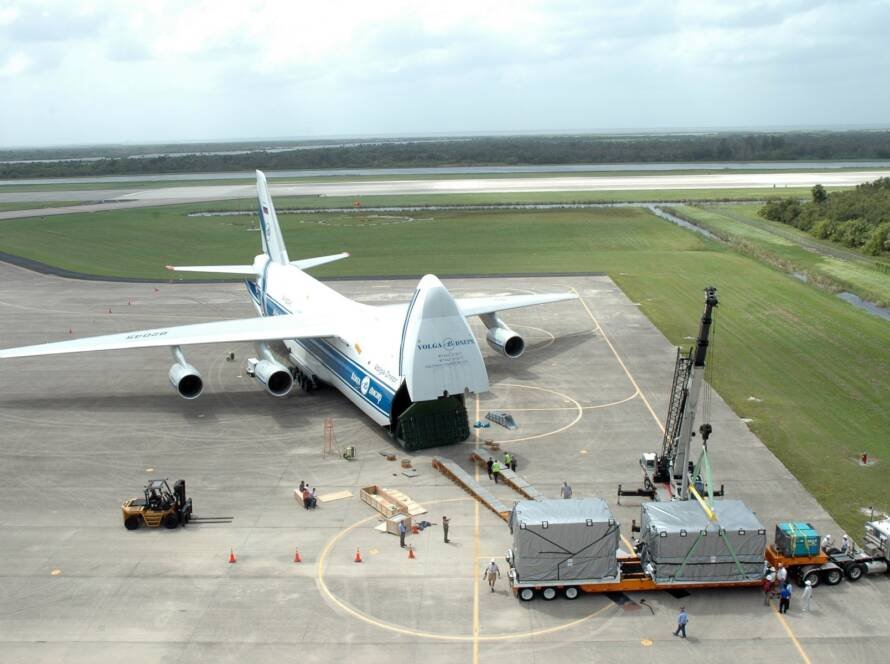Q With the increasing frequency of global trade, the choice of international logistics and delivery methods directly affects the operational efficiency and customer satisfaction of enterprises. As an international trade term, DDP (Delivered Duty Paid) shows unique advantages in specific scenarios. This article will explore in depth the characteristics, advantages and reasons why enterprises prefer the DDP delivery mode to help readers understand the value of this delivery method in international trade.
Basic concepts of DDP delivery mode
DDP is a delivery method in Incoterms, and its core features are:
The seller bears full responsibility: the seller is responsible for delivering the goods to the destination designated by the buyer and handling all import customs clearance procedures
Delivery after duty paid: the seller pays all import duties, taxes and other fees
Risk transfer point: the risk is transferred when the goods are delivered to the buyer
This delivery method provides great convenience for the buyer because the buyer does not need to deal with complicated import procedures and tax issues.
Five reasons why companies prefer DDP delivery
- Simplify the import process and reduce the burden on buyers Under the DDP model, the seller is responsible for handling all import customs clearance procedures and paying related taxes and fees, which brings significant convenience to buyers:
Save time and energy: Buyers do not need to invest resources to handle complex import procedures
Reduce professional requirements: No need to have professional customs clearance knowledge and experience
Reduce compliance risks: The seller is responsible for ensuring that all procedures are compliant and reducing the risk of buyers violating regulations
For companies focusing on core businesses, this “one-stop” service greatly simplifies the international procurement process.
- Transparent costs and easy budget management
Under the DDP delivery model, sellers usually provide quotes that include all costs, allowing buyers to:
Accurately estimate total costs: including all costs such as transportation, insurance, and tariffs
Simplify financial planning: No need to worry about additional fees or hidden costs
Easy to compare suppliers: DDP quotes from different suppliers are more comparable
This cost transparency is particularly suitable for companies with tight budgets or who need to strictly control procurement costs
- Improve supply chain efficiency and shorten delivery time
Since the seller is responsible for the entire logistics and customs clearance, DDP delivery can:
Reduce handover links: avoid delays caused by multi-party coordination
Speed up customs clearance: the seller usually has a professional customs clearance team and experience
Optimize transportation routes: the seller can choose the best transportation plan according to the characteristics of the destination
This end-to-end logistics solution can significantly improve supply chain efficiency and is particularly suitable for industries that are sensitive to delivery time.
- Reduce cross-border transaction risks
International transactions face a variety of risks, and the DDP model can effectively reduce:
Customs clearance risk: the seller is responsible for ensuring that all documents and procedures are compliant
Tax risk: the seller bears the additional costs caused by tax calculation errors or policy changes
Logistics risk: the seller is responsible for the entire transportation, reducing the risk of damage or loss of goods
For companies that are not familiar with the regulations and markets of the destination country, DDP provides additional security.
- Improve customer experience and enhance competitiveness
For businesses facing end consumers, DDP delivery can:
Provide a seamless shopping experience: consumers do not need to worry about import taxes and customs clearance issues
Simplify the return process: if a return is required, the seller is usually responsible for handling it
Improve brand image: provide a “worry-free shopping” experience and enhance customer loyalty
Especially in the field of cross-border e-commerce, DDP delivery has become a key factor in improving customer satisfaction.


Applicable scenarios of DDP delivery
For more logistics knowledge, please follow Power Link Logistics Ltd.
Although DDP delivery has many advantages, it is not applicable to all situations. It is particularly suitable for:
- Markets with complex or frequently changing regulations in importing countries: sellers can better respond to policy changes
- Industries with strict delivery time requirements: such as medical equipment, electronic products, etc.
- B2C business for end consumers: provide a seamless shopping experience
- Enterprises lacking import experience or resources: especially small and medium-sized enterprises
- High-value or high-tariff goods: sellers can better manage tax costs
Potential challenges of DDP delivery
Although DDP delivery has obvious advantages, companies also need to consider:
- Seller selection standards are higher: sellers with experience and good reputation need to be selected
- Prices may be higher: including all costs may lead to higher unit prices
- Reduced flexibility: buyers have less control over shipping details Less
- Responsibility definition: It is necessary to clarify the responsibility boundaries of the seller and the buyer
V. How to effectively implement DDP delivery
To give full play to the advantages of DDP delivery, enterprises can: - Choose reliable partners: evaluate the seller’s customs clearance capabilities and international logistics experience
- Clarify contract terms: specify the responsibilities of both parties, cost sharing and delivery time in detail
- Establish a communication mechanism: maintain close communication with the seller and solve problems in a timely manner
- Monitor performance indicators: track key indicators such as delivery time, cost and quality
- Regular evaluation and optimization: adjust delivery strategies according to business needs and market changes

The DDP delivery model has become the first choice for many companies’ international procurement with its advantages of simplifying processes, reducing costs, improving efficiency and reducing risks. As advocated by ima notes, in international trade, we need to record and evaluate the advantages and disadvantages of various delivery methods anytime and anywhere, and turn inspiration into practical business decisions. By rationally using the DDP delivery model, companies can focus on core businesses, improve supply chain efficiency, enhance market competitiveness, and ultimately achieve a dual increase in business growth and customer satisfaction.
In the increasingly complex international trade environment, DDP delivery is not only a logistics choice, but also a strategic decision, which reflects the comprehensive consideration of efficiency, cost and customer experience by enterprises. In the future, with the evolution of global trade rules and the development of logistics technology, the DDP delivery model is expected to continue to optimize and innovate, bringing more value to international trade.



